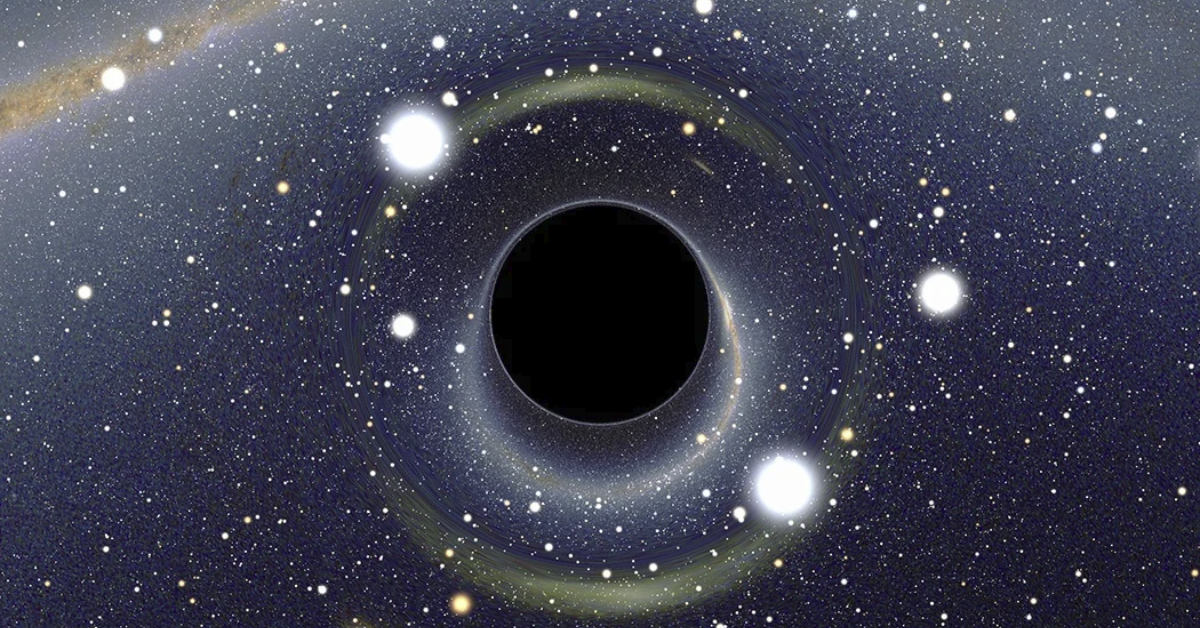The word ‘Black hole ‘is very famous in the world of science or sci-fi movies. It is the last stage of the super-massive stars of mass of more than five solar masses and has an escape velocity equivalent to the speed of light. American Scientist John Wheeler coins the terminology Black Hole.
Stars are primarily a dense, hazy collection of cosmic dust or gases like hydrogen called proto-star. When the gathering becomes a giant ball, i.e., over Jeans Mass, gravity pulls the peripheral matter towards its center. Consequently, the temperature and pressure in the center or core enhance, and hence, it becomes suitable for nuclear hydrogen fusion into helium. This is what we call stars.
This core burning continues for a long time, depending on the fuel it contains. As the core fuel gets used up, it leaves only helium ashes in the core; however, in the shell, there is unused hydrogen which starts burning. But this time, the star swells to become a red giant. It has been predicted that if the sun becomes a red giant, it will swell beyond Earth’s orbit.
After a long time, this red giant explodes, called a supernova explosion, into the debris of many pieces. However, the further future of the star depends upon its initial mass of the star. If the initial mass of the star is less than 1.5 times the sun, called Chandrasekhar Limit, then it becomes a white dwarf. But if it is more than this measurement, it becomes a neutron star, as it is composed mainly of neutrons, alias, and pulsar. However, the upper limit of the neutron star is only three times the sun’s (OV limit); if it exceeds this, then the last stage of the star becomes a black hole.
Black Hole is a massive star that is contracted towards its center by its own gravity. Therefore, the star’s temperature, pressure and even gravity rise very sharply. In a mature black hole (of Schwarzschild radius), the gravity is so high that it won’t let light, the fastest thing in the world, escape from it. This leads to the conclusion that if a Black Hole can imprison light, it can trap everything in the universe because, according to Einstein, light moves at the universe’s ultimate speed. That’s why it becomes invisible, i.e., comprehensive information about it still needs to be fully comprehended.
Then the question strikes our mind: If it is invisible, how is it located? Because of the gigantic gravity of black holes, the stars in their vicinity seem to be swirling around very swiftly. X-radiation produced by the overheated matter falling over it and the gravitational lensing effect can help locate it in space.

The writer holds an M.Sc. degree in Physics and is currently teaching Physics in Colleges, Nepal.

